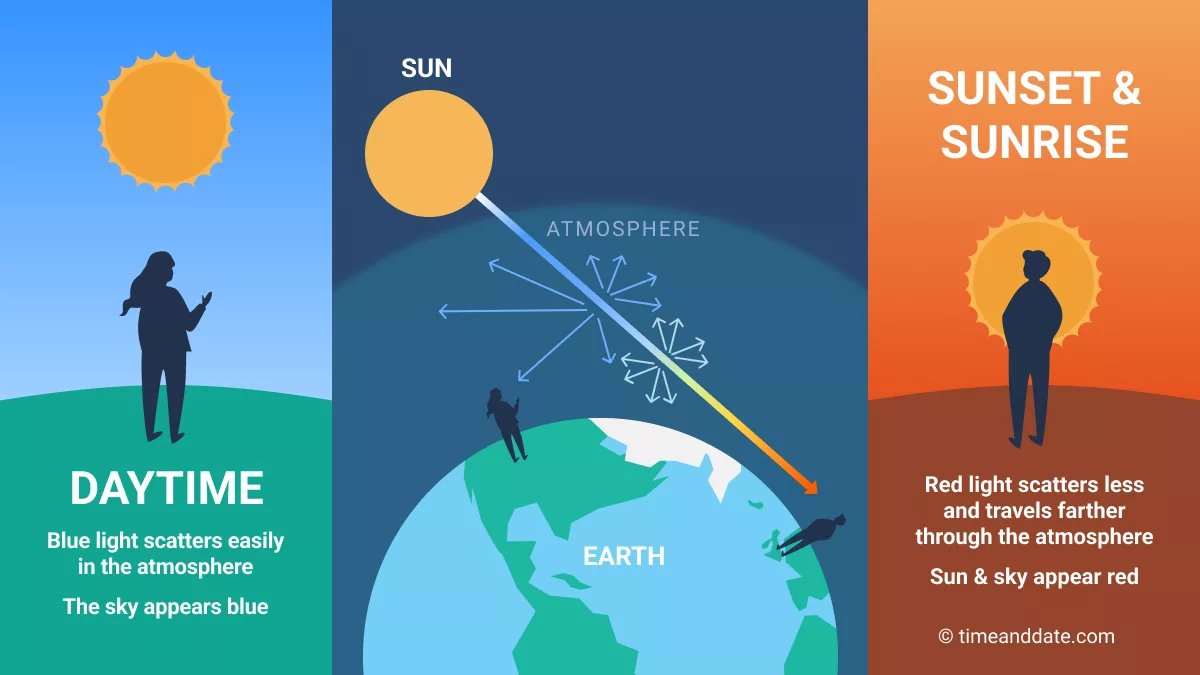Why is the Sky Blue? A Deep Dive into Rayleigh Scattering
Have you ever gazed up at a clear blue sky and wondered why it looks that way? The answer lies in a fascinating phenomenon called Rayleigh scattering.
What is Rayleigh Scattering?
Rayleigh scattering occurs when light interacts with particles much smaller than its wavelength, such as the molecules in our atmosphere. Named after British scientist Lord Rayleigh, this process explains why shorter wavelengths of light, particularly blue, scatter more than longer wavelengths like red.

The Science Behind the Color
- Light Composition: Sunlight, or white light, is composed of various colors, each with different wavelengths. Blue light has a shorter wavelength compared to red light.
- Scattering Process: As sunlight enters the atmosphere, it collides with air molecules. This interaction causes the molecules to vibrate and emit light in all directions. Since blue light is scattered approximately ten times more than red light due to its shorter wavelength, we perceive a blue sky when looking away from the sun.
- The Inverse Fourth Power Law: The intensity of scattering is inversely proportional to the fourth power of the wavelength. This means that as the wavelength increases, the scattering decreases rapidly. Hence, blue light scatters much more effectively than red light, resulting in our daytime sky’s vibrant hue.
Most popular:
Most Recent:
Why Not Purple?
You might wonder why we don’t see a purple sky instead, as violet light scatters even more than blue. The answer lies in human vision and atmospheric absorption:
- Human Sensitivity: Our eyes are less sensitive to violet light.
- Ozone Absorption: Ozone in the atmosphere absorbs some violet light, further diminishing its visibility.
Variations in Sky Color
The color of the sky can change based on various factors:
- Sunrise and Sunset: During these times, sunlight passes through more atmosphere, scattering shorter wavelengths and allowing longer wavelengths (reds and oranges) to dominate.
- Weather Conditions: Particles like dust and water vapor can affect scattering, leading to different hues.
Conclusion
Rayleigh scattering not only explains why the sky appears blue but also enhances our appreciation for nature’s beauty.
Next time you look up at a clear sky, remember that it’s not just a simple color; it’s a complex interplay of light and atmosphere creating a stunning visual experience!








